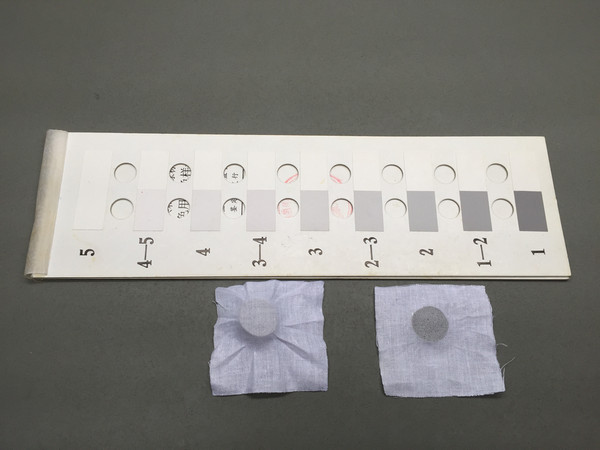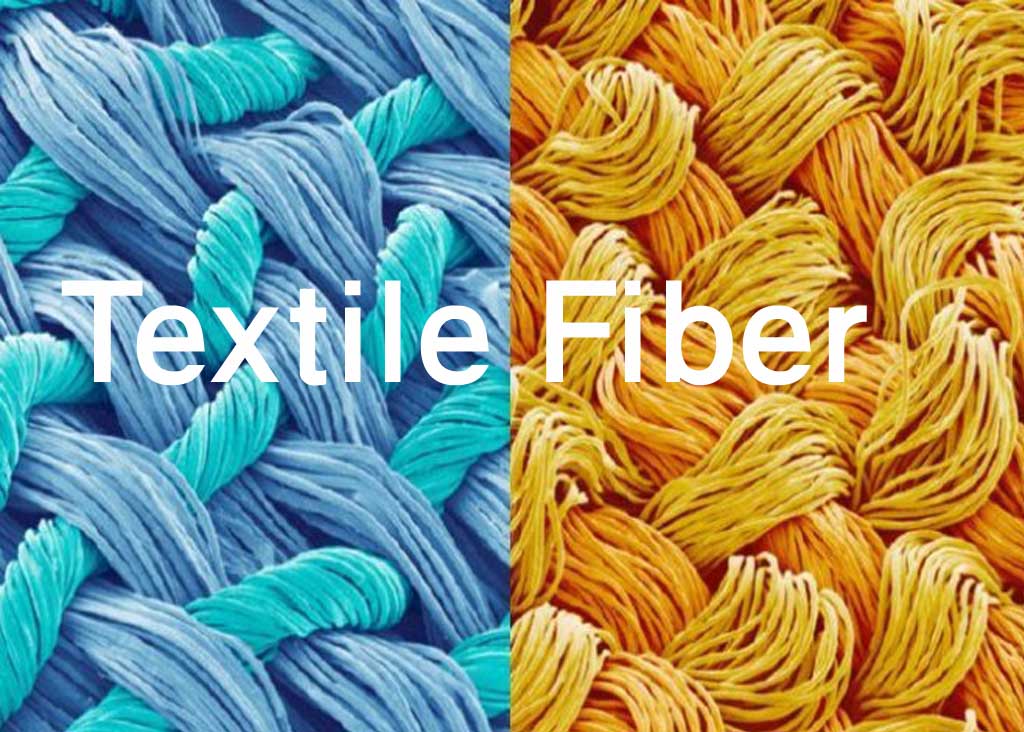- Qinsun Instruments Co., Ltd.
- Tell:+86-21-6780 0179
- Phone:+86-17740808215
- Address:No. 2578 Minhang District Gu Dai Road, Shanghai
- Contact:Mr. Li
- QQ:846490659
What is the scale for colour fastness?

The scale for color fastness is a standardized system used to evaluate the ability of a fabric to maintain its color under different conditions, such as exposure to water, light, sweat, rubbing, and washing. The scale is typically expressed as a number or a letter, indicating the degree of color change or staining that occurs during the testing process.
There are several different scales for evaluating color fastness, but the most commonly used scale is the AATCC (American Association of Textile Chemists and Colorists) scale and the ISO (International Organization for Standardization) scale. Both scales use a range of numerical values to indicate the degree of color change or staining that occurs during testing. The higher the numerical value, the better the color fastness of the fabric.

The AATCC scale ranges from 1 to 5, with 1 being the lowest and 5 being the highest level of color fastness. Each rating in the AATCC scale corresponds to a specific degree of color change or staining, as follows:
1: Severe color change or staining
2: Significant color change or staining
3: Slight color change or staining
4: No color change or staining
5: No color change or staining, even after exposure to artificial light
The ISO scale ranges from 1 to 8, with 1 being the lowest and 8 being the highest level of color fastness. Each rating in the ISO scalecorresponds to a specific degree of color change or staining, as follows:
1: Severe color change or staining
2: Significant color change or staining
3: Moderate color change or staining
4: Slight color change or staining
5: No color change or staining, even after exposure to artificial light
6: No color change or staining, even after exposure to artificial light and washing
7: No color change or staining, even after exposure to artificial light, washing, and dry cleaning
8: No color change or staining, even after exposure to artificial light, washing, dry cleaning, and ironing.

It is important to note that the numerical values for color fastness may vary depending on the testing method and the specific conditions of the test. For example, color fastness to light may be measured using different light sources and exposure times, which may result in different numerical values for the same fabric. Therefore, it is important to compare color fastness ratings only for fabrics that have been tested under the same conditions and using the same testing method.





